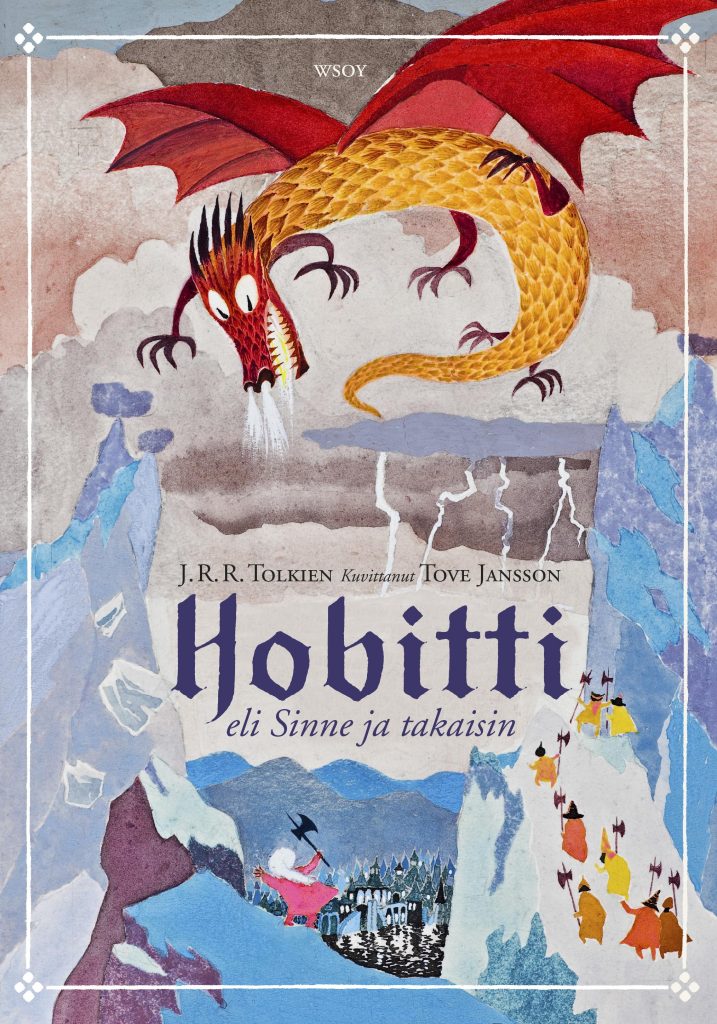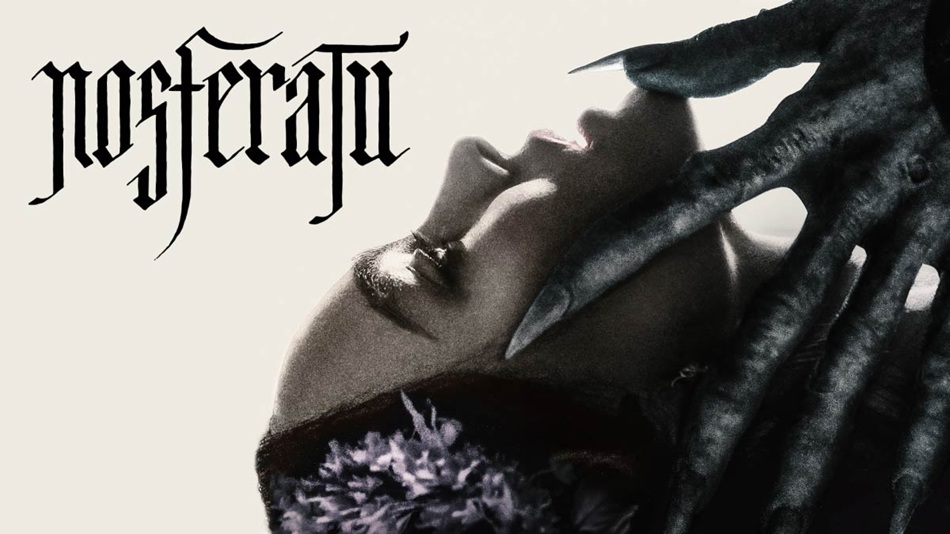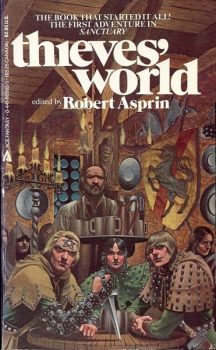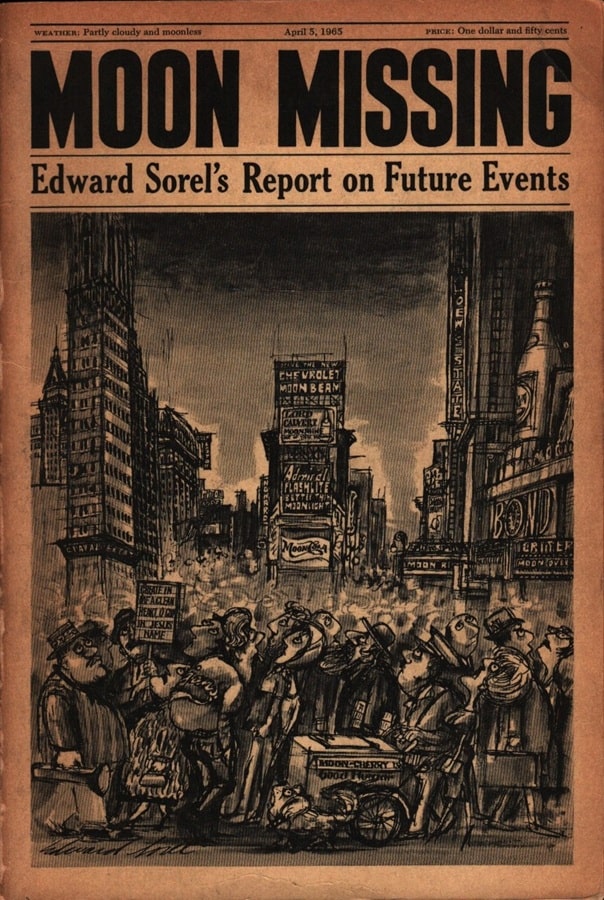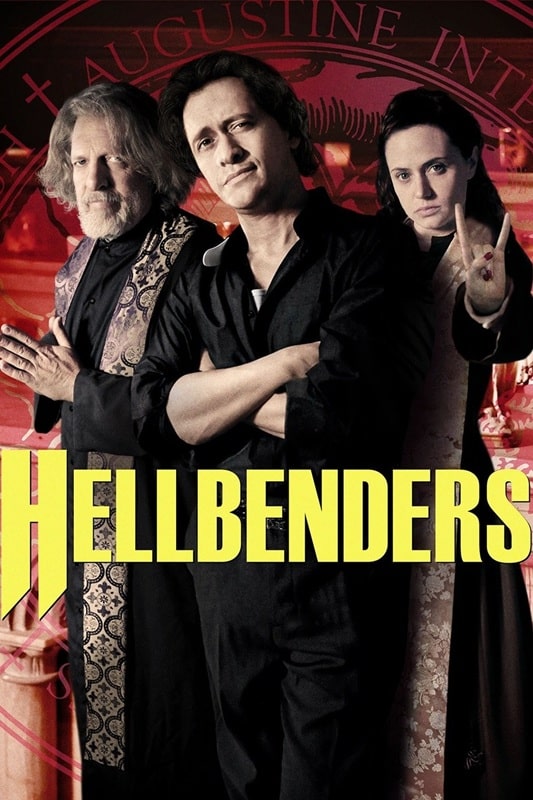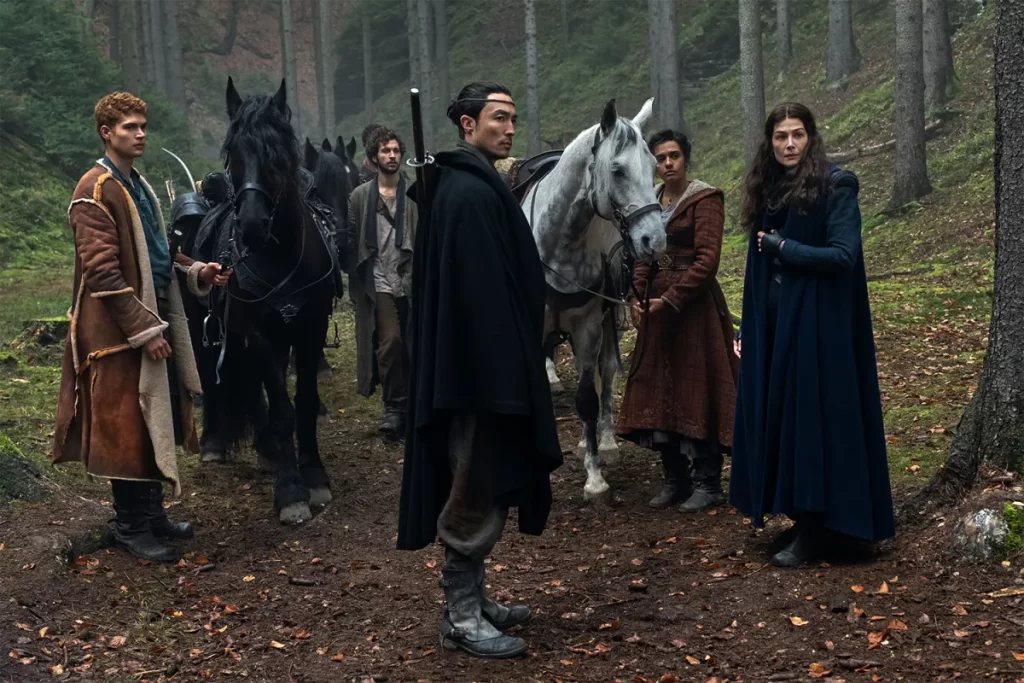You Can’t Handle the Tooth, Part I
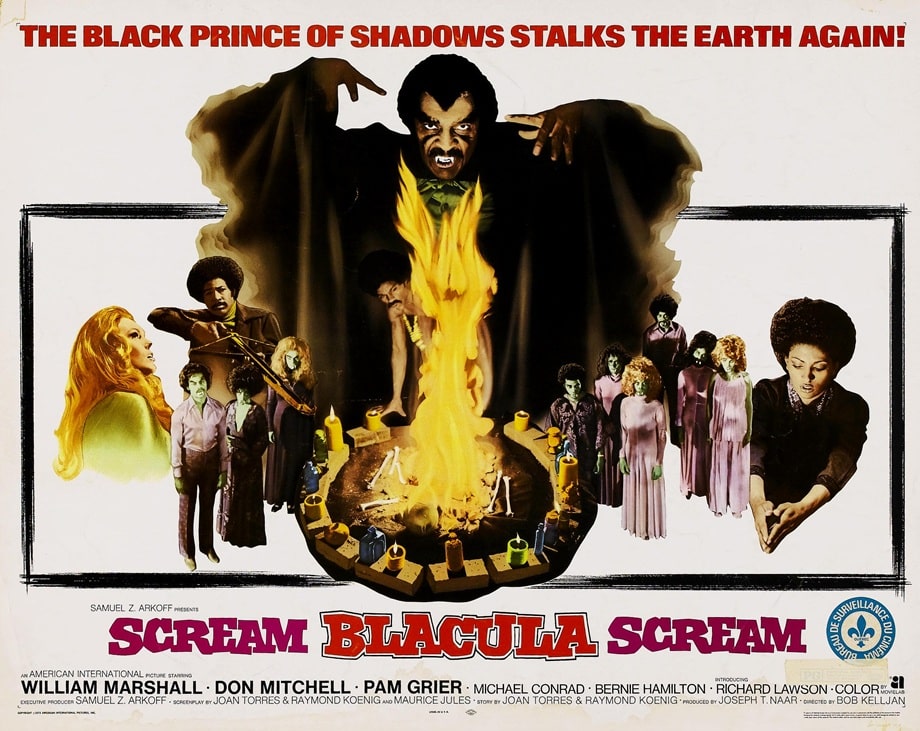
20 vampire films, all first time watches for me.
Come on — sink ’em in.
Scream, Blacula, Scream (1973) – Tubi
I’ve seen Blacula (1970) plenty of times, but somehow never got around to watching the sequel, and thank the stars I did, because it’s excellent. I think I like it even more than the original.
If you are new to this nonsense, the original film told the tale of an African prince who is bitten by Dracula and becomes a bloodsucking fiend on the streets of L.A., tapping all jive turkeys he comes across. It’s obviously a product of the Blaxploitation era, but its dodgy premise is saved by the presence of William Marshall. For my money, Marshall can stand toe-to-toe with Christopher Lee as one of my favorite depictions of the count (so to speak). Like Lee, he brings much gravitas, animalistic savagery, and raw sex appeal to the role, along with one of the best voices in the business.


